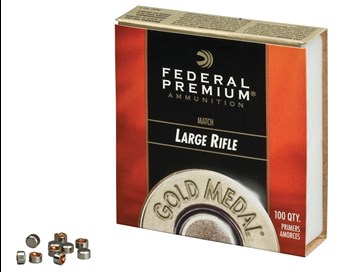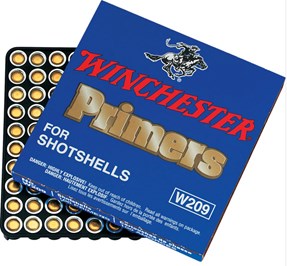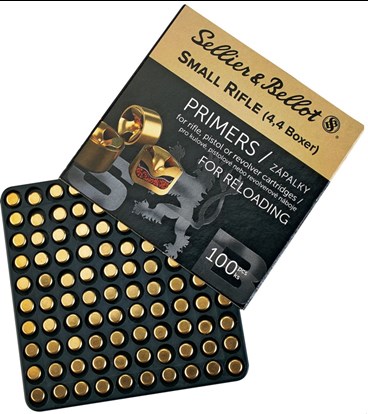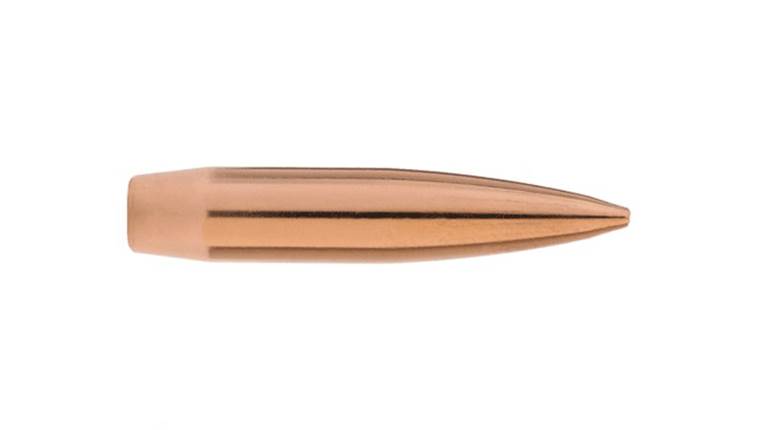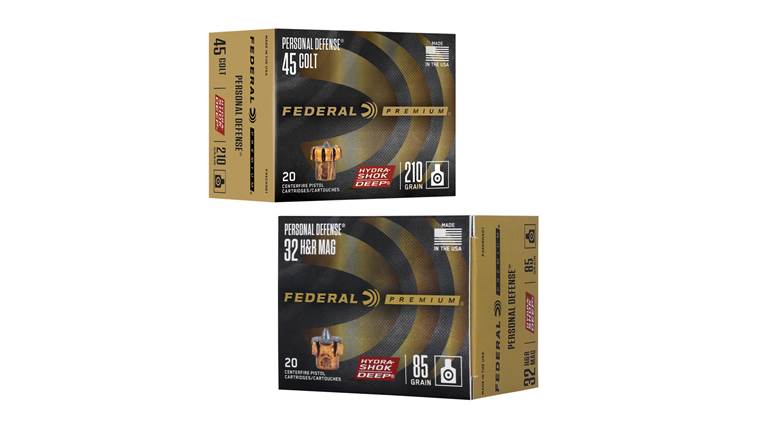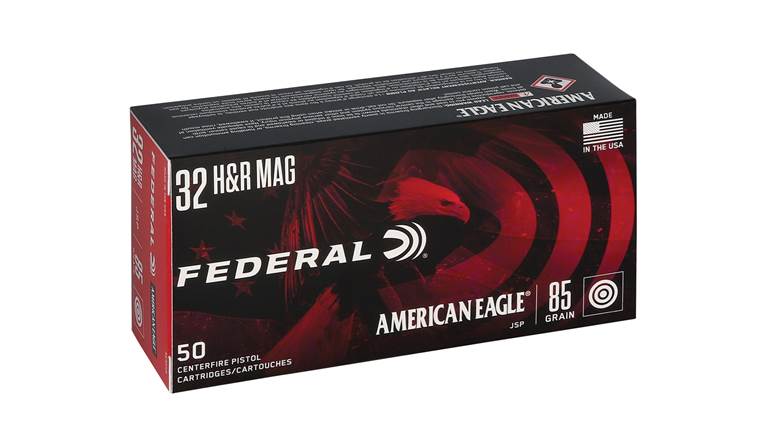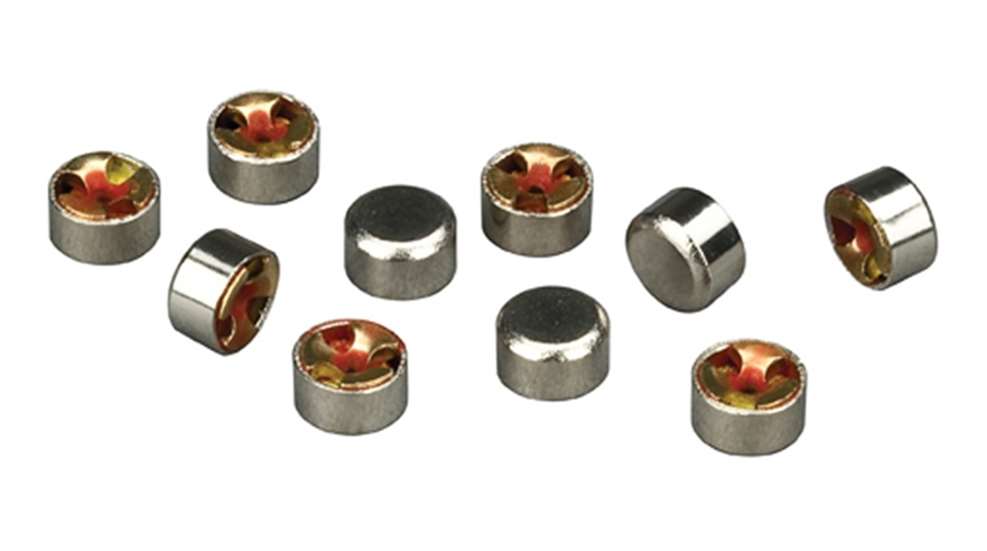
Primer images courtesy FederalPremium.com and CCIammo.com
It is the spark that sets off everything we love about firearms and shooting. Without that infinitesimal flash, nothing happens. During some of the recent and real threats to the Second Amendment, primers and .22 LR ammunition were in short supply due to the fear that the government might restrict them. People stocked up well beyond what they would normally have on hand. Primers are that critical. 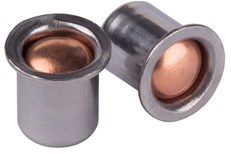
The modern primer we use today is the culmination of nearly 800 years of development. From the first glowing matches through the flintlock, percussion caps and now primers, the objective has been to reliably ignite the powder charge. Nowadays, however, we require much more from primers. 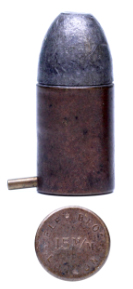
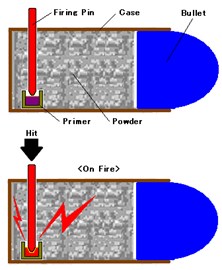
Primers date back to 1828 when Casimir Lefaucheaux developed the first pinfire primer. These first primers used fulminate of mercury (Hg(CNO)2) as a priming compound. Fulminate of mercury is a primary explosive—meaning that it is very sensitive to shock, friction and heat—produces a hot combustion gas that easily ignites propellants like black powder. While fulminate of mercury is generally a good priming compound, it has a few major deterrents: It is susceptible to water contamination, and it leaves behind a very corrosive residue that must be cleaned from the firearm and its casing quickly to prevent rusting of the gun or chemical corrosion of the cartridge case. Too, mercuric primers tend to decompose during storage, as evidenced by the amount of misfires and hang-fires found in smokeless powder ammunition stored for long periods of time.
Pinfire guns used cartridges with a small pin protruding from its base. The hammer hit the pin, driving it into the priming compound causing it to explode and force high-temperature gases into the black powder charge. Pinfire priming did not last long because the pinfire cartridges were fragile and susceptible to accidental ignition if bumped outside the firearm.
As smokeless powders became the norm it was found that incandescent (white-hot) particles ignited these powders more reliably. Adding a little potassium chlorate (KClO3) to a mercuric priming compound distributed hot particles more extensively through a smokeless powder charge. Potassium chlorate is an oxidizing compound, as opposed to a primary explosive. However, it leaves a salt residue, potassium chloride (KCl), along with the mercuric salts that is hygroscopic—water holding—and thus promotes rapid corrosion of barrels unless thoroughly cleaned soon after firing. This is why you see so many pitted bores and chambers in many older guns.
The first non-corrosive primers were marketed for sporting ammunition in the 1920s. Because of a lack of reliability, the military continued the use of mercurial-potassium chlorate primers throughout World War II and beyond. Since the mid-1950s, lead styphnate (C₆HN₃O₈Pb) has been used extensively as a priming compound, along with a plethora of other non-corrosive priming additives and compounds.
Primers contained within a cup and pressed into the rear of the cartridge case were developed in the 1860s. Hiram Berdan, a U.S. military officer and engineer, developed what would be called the Berdan primer patented in March 1866. Berdan’s system utilized a soft copper cup containing the priming mixture pressed into a pocket formed at the rear of the cartridge case. Two small flash holes sat astride a small raised protuberance in the cup—now called the anvil. When the firing pin struck the primer cup, it crushed the compound against the anvil, causing it to explode and vent the hot gases and sparks through the flash holes, igniting the charge.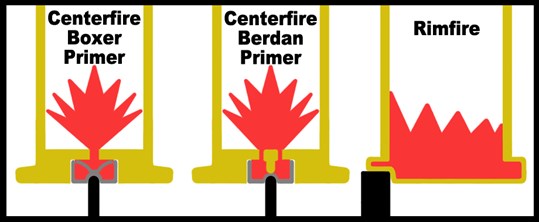
Wikipedia images
Almost concurrently, Colonel Edward Mounier Boxer of the Royal Arsenal, Woolwich, England, developed a somewhat different primer cap design for cartridges. While Berdan’s design utilized an anvil formed in the pocket of the case, Boxer’s design had the primer as a separate component within the primer cup. Because the anvil is located within the primer cup, a single, larger and centrally punched flash hole in the primer pocket of the case is used with Boxer primers. While there is little difference in function or performance between Berdan and Boxer primers, the use of a single central flash hole makes it much easier to replace the primer when reloading the case. It is largely for this reason that Boxer priming is used virtually exclusively in the U.S. where loading—and reloading—ammunition is far more popular here than in other places of the world. 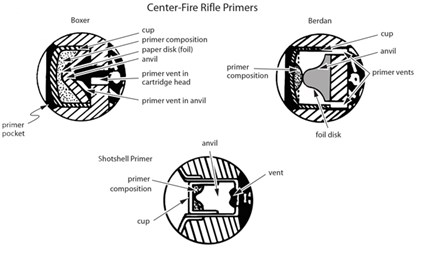
There are two sizes and four types of primers. Pistol primers have thinner and somewhat softer primer cups than their rifle counterparts. Small pistol and rifle primers utilize a cup 0.175" in diameter, while large pistol and rifle primers measure 0.210" across. Large rifle primers are 0.008" thicker than a large pistol primer. There are a few modern ultra-high-performance handgun cartridges—like the .221 Fireball, .454 Casull and the Linebaugh line of cartridges—that use small rifle primers because the pressures that theses cartridges generate require stronger, thicker primers to contain them. Another even larger—0.315" diameter—primer is used in the .50 BMG cartridge, as well as some wildcat and semi-wildcat cartridges based upon that cartridge case.
Within each are standard and magnum primers. Standard primers are for cartridges of moderate capacity and velocity. The powders in these cartridges readily ignite. Many magnum cartridges used large charges of very slow burning powders that can be difficult to ignite, especially in colder weather. These cartridges utilize a magnum primer with a more explosive priming compound that generates a hotter and more voluminous fire.
Rimfire cartridges use a priming compound within a folded rim of the cartridge instead of a separate primer. These are typically low-powered cartridges like the .22 LR or .17 HMR that do not generate a lot of pressure. Rimfire cartridges cannot be reloaded without some fairly sophisticated and expensive tooling, and that expense keeps most reloaders at bay.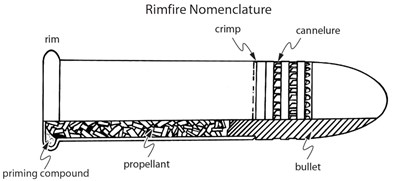
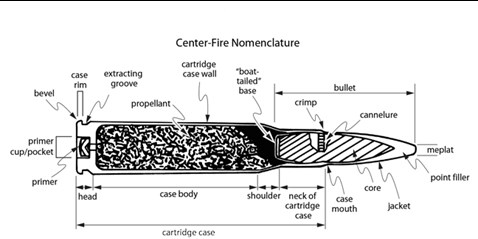
Shotgun primers are constructed somewhat differently than for rifle or pistol center-fire cartridges. The 209 shotshell primer has a cup similar to a Boxer primer, but the anvil is on a pair of legs that hold it against the priming compound in the cup with the legs sit against a separate battery cup with a central vent that serves as the flash hole. This style of primer is also in wide use among modern, inline muzzleloaders.
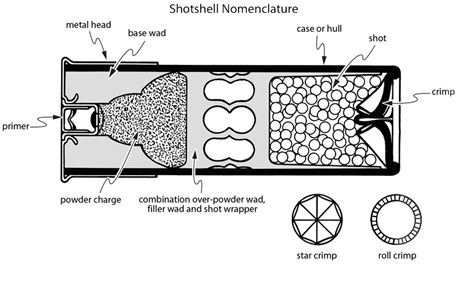
Images copyright NRA Firearms Sourcebook
Throughout much of its history the primer has simply been required to be reliable—produce enough fire to ignite the powder charge. The advent of precision shooting beginning with benchrest shooters and now including long-range precision shooting has added more stringent requirements to the fire-starter. Today’s precision shooter almost always handloads his ammunition to extremely exacting standards. To that end primers, are bought in lots and often weighed and separated to ensure each round get as much as possible the same amount and heat of fire to ignite the charge. It may be small, but without the little bang of the primer, there is no big bang of the gun.
